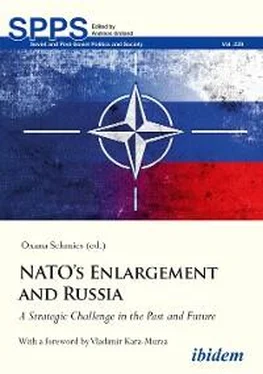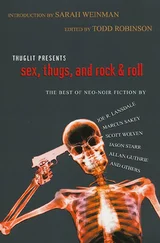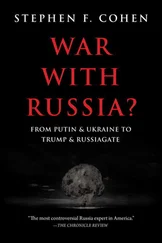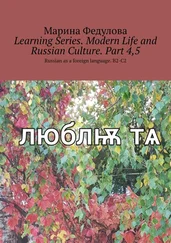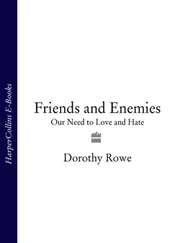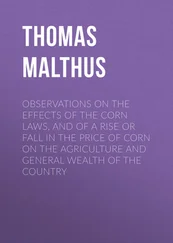Strategic nuclear forces 10were therefore excluded, by default, from the military theorist Carl von Clausewitz’s immortal formulation, “War is the continuation of politics by other means.” According to the logic of the 1990 Joint Statement, if neither party is able to significantly reduce the damage of the other’s retaliatory strike by launching a first strike, then the outbreak of war (the first strike) will not be a continuation of politics by other means, even in the event of an acute conflict of interest between the two states.
It is important to emphasize that the content of strategic stability was agreed upon during the negotiations for START I, signed in 1991, the complex provisions of which embodied all the principles of this concept. These were subsequently reflected in the 1993 START II, the 1997 START III Framework Agreement, the 2002 Strategic Offensive Reductions Treaty (SORT), and New START. As major parallel measures, deep parallel reductions were conducted regarding tactical nuclear arms, negotiations to conclude a treaty banning the production of fissile materials for military purposes (Fissile Material Cutoff Treaty) began in 1993, and the Comprehensive Nuclear-Test-Ban Treaty (CTBT) was signed in 1996.
As a result of the implementation of these agreements, today’s strategic balance looks much more stable (according to the criteria agreed upon in 1990) than on the eve of the 1990s, that is, before the signing of START I. The permitted levels of strategic weapons have been reduced about sixfold for warheads, almost threefold for deployed delivery systems, and by about thirtyfold for total megatonnage. 11The ratio of warheads to delivery systems has decreased from 5:1 to 2:1. The share of arms with increased survivability, 12which once stood at 30–40 percent, now amounts to 60–70 percent of the Russian and U.S. strategic nuclear arsenals.
Even more importantly, the strategic balance has become much more stable in substance—in terms of its 1990 definition, that is, the elimination of incentives for a nuclear first strike. Models of a hypothetical nuclear exchange show that, under realistic conditions, an attack by either party is not capable of destroying more than 50 percent of the other side’s forces while employing 20 percent more weapons than are hit. 13In other words, an aggressor would disarm himself in a first strike, and the party under attack would have more surviving nuclear forces than the aggressor has in reserve after the strike, and could strike back, depriving the initiator of the desired advantage of the first strike.
Nevertheless, strategic stability as one of the models of mutual nuclear deterrence is now deteriorating due to the evolution of strategic concepts and operational plans on both sides, as well as the beginning of a large-scale cycle of nuclear and advanced conventional arms races. These processes are naturally exacerbated by what is essentially a new Cold War between Russia and the West, which has accelerated the collapse of nuclear arms control.
The role of nuclear weapons in Russia’s foreign and military policy has increased markedly since 2011, following the ratification of New START and the failure of dialogue between the United States and Russia on the joint development of missile defense systems. Ahead of his victory in Russia’s 2012 presidential election, Vladimir Putin stressed: “Under no circumstances will we give up the potential of strategic deterrence, and we will strengthen it. So long as the ‘powder’ of our strategic nuclear forces, created by the great effort of our fathers and grandfathers, remains ‘dry,’ no one will dare unleash large-scale aggression against us.” 14This policy implied the large program of modernizing strategic nuclear forces, including the deployment of 400 new intercontinental ballistic missiles and the construction of eight nuclear-powered ballistic missile submarines. 15
Meanwhile, U.S. President Donald Trump said in 2017: “Let it be an arms race. We will outmatch them at every pass and outlast them all.” 16The position of the current U.S. political and military leadership on all aspects of nuclear deterrence is laid out quite clearly in the Nuclear Posture Review, published in January 2018. It is immediately apparent that in its basic assumptions, this policy is in tune with the Russian approach: “A safe, secure, and effective nuclear deterrent is there to ensure that a war can never be won and it will never occur.” 17But the analogies do not end there. Both powers embrace not only retaliatory strikes in the event of an attack using nuclear weapons, but also their first use in response to an attack using conventional forces, as well as in some other situations.
The 2018 Nuclear Posture Review emphasizes: “Given the diverse threats and profound uncertainties of the current and future threat environment, U.S. nuclear forces play the following critical roles in U.S. national security strategy. They contribute to the deterrence of nuclear and non-nuclear attack; assurance of allies and partners; achievement of U.S. objectives if deterrence fails; and capacity to hedge against an uncertain future.” 18The Russian military doctrine, published in 2014, also calls for “permanent readiness of the Armed Forces, other troops, and bodies for deterring and preventing military conflicts and for armed defense of the Russian Federation and its allies in accordance with the norms of international law and international treaties of the Russian Federation.” 19Nuclear forces should “maintain global and regional stability and the nuclear deterrence potential at a sufficient level.”
In the event of war, the doctrine provides not only for a retaliatory nuclear strike, but also for a first strike: “The Russian Federation shall reserve the right to use nuclear weapons in response to the use of nuclear and other types of weapons of mass destruction against it and/or its allies, as well as in the event of aggression against the Russian Federation with the use of conventional weapons when the very existence of the state is in jeopardy” 20(emphasis added). The purpose of a nuclear strike is defined as “the infliction of the assigned level of damage on an aggressor under any conditions.” 21
It turns out, however, that the Russian military doctrine is highly flexible. Answering a journalist’s question in Sochi in October 2018, Putin unexpectedly formulated the nuclear aspect of the Russian doctrine as follows:
“Our nuclear weapons doctrine does not provide for a preventive strike. I would like to ask all of you and those who will later analyze and in one way or another interpret my every word here, to keep in mind that there is no provision for a preventive strike in our nuclear weapons doctrine. Our concept is based on a launch-on-warning strike. This means that we are prepared and will use nuclear weapons only when we know for certain that some potential aggressor is attacking Russia, our territory. I am not revealing a secret if I say that we have created a system which is being upgraded all the time as needed—a missile attack early warning system. This system monitors the globe, warning about the launch of any strategic missile … and identifying the area from which it was launched. Second, the system tracks the trajectory of a missile flight. Third, it locates a nuclear warhead impact zone.
Only when we know for certain—and this takes a few seconds to understand—that Russia is being attacked will we deliver a counterstrike. Of course, this amounts to a global catastrophe, but I would like to repeat that we cannot be the initiators of such a catastrophe because we have no provision for a preventive strike. Any aggressor should know that retaliation is inevitable, and they will be annihilated. And we as the victims of an aggression, we as martyrs, would go to paradise while they would simply perish because they wouldn’t even have time to repent their sins.” 22
Читать дальше
